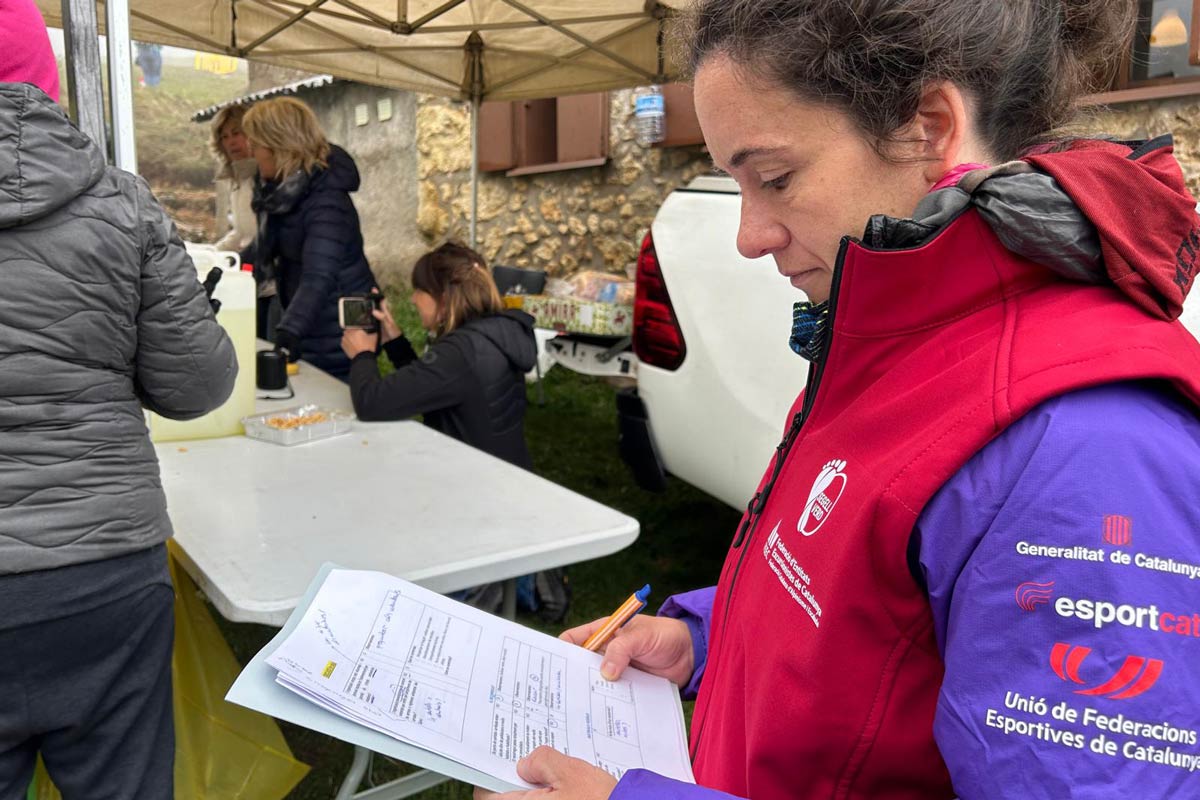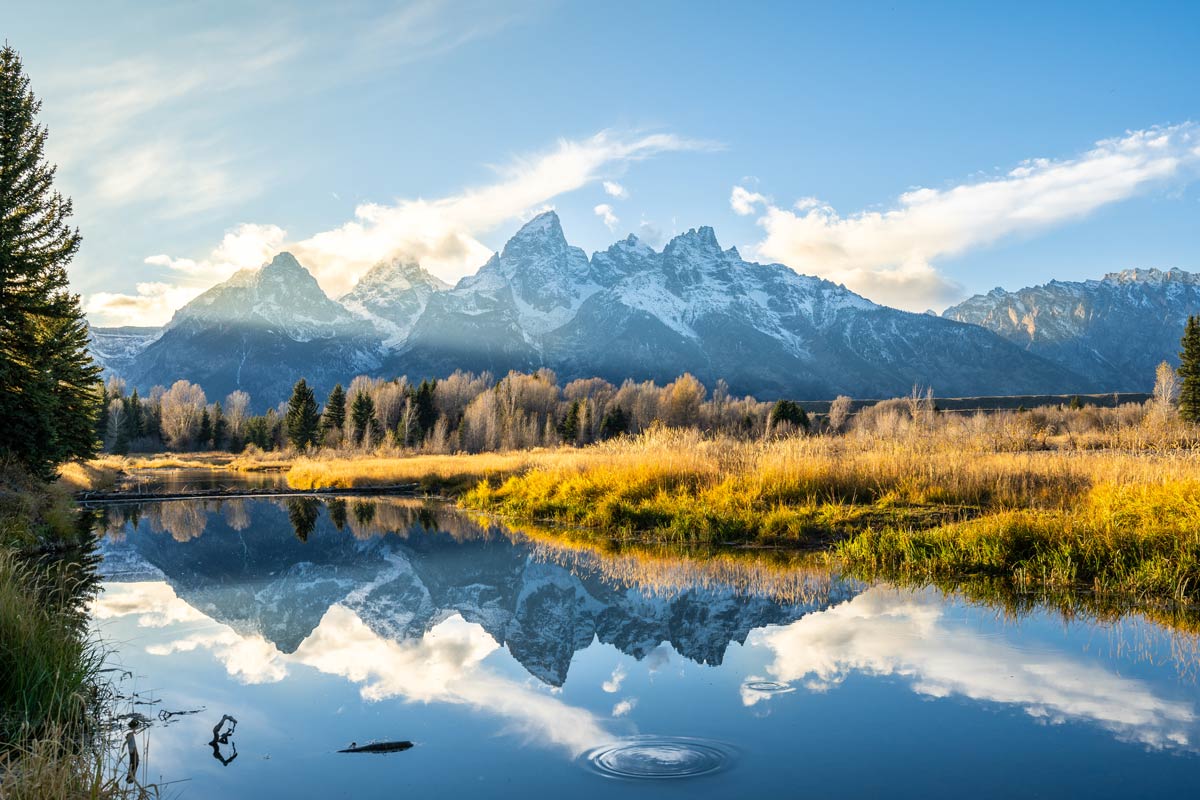UIAA Management Committee member Mark Richey of the American Alpine Club and fellow climbers Freddie Wilkinson and Steve Swenson were the proud recipient of the prestigious Piolet d’Or (golden ice axe) award for the successful first ascent of Saser Kangri II, previously the world’s second highest unclimbed mountain.
Richey, Wilkinson and Swenson received the award in a ceremony in March in Chamonix (France) and Courmeyer (Italy) for the alpine style ascent in August 2011.
Saser Kangri II (7518 metres) located in the remote East Karakoram mountains of India was an elusive prize for mountaineers seeking challenges in an age where mountaineering records have fallen like dominos. Gangkhar Puensum (7570 metres) in Bhutan was the only higher mountain than Saser Kangri II and remains unclimbed because climbing it has been banned by the Bhutanese government for religious and cultural reasons.
The UIAA caught up with Richey after his team’s Piolet d’Or win to congratulate him and ask him a few questions about the award and the expedition.
UIAA: What does the win at the Piolet d’Or mean to you and your climbing partners?
Richey: It was a great honour to receive the Piolet d’Or award and lots of fun to be in
Chamonix and Courmeyer with so many friends and distinguished climbers. To be there with folks like Doug Scott, Robert Paragot and Andre Stremfeld and many other climbers I really admire made it really special. Also, the hospitality and kindness extended by the Piolet d’Or committee and all the folks from Chamonix and Courmeyer was extraordinary. It’s really a tremendous celebration and we were thrilled to be part of it.
UIAA: How would you best describe the magnitude of the challenge on Saser Kangri II and the achievement?
Richey: The first challenge of climbing Saser Kangri II was just figuring out how to get to the mountain and the southeast face and then finding the best route to climb it. The area was quite unexplored and we were the first ones ever to set foot on the South Shukpa Kunzang glacier. Also, climbing alpine style on a high mountain increases the commitment but also reduces the chances of success as there is little margin for error. It also increases the unknown which makes for a greater adventure.
Another specific challenge was finding and making good bivouac sites as the face is without good ledges. Even the smallest tent platform had to be hacked from solid ice. We brought along an interesting invention called the ice hammock, a simple lightweight piece of fabric with sewn loops at either end designed to extend a chopped ledge by several feet by filling it with excavated ice and snow. It worked pretty well. It took us two expeditions of two months each to finally have success on Saser Kangri II and we collectively made four other first ascents on nearby mountains, all over 6000 meters.
It was definitely one of the best climbs of our careers. It is certainly the highest first ascent we’ve done and likely will ever do. The only higher unclimbed mountain in the world is Gangkhar Puensum in Bhutan where climbing is prohibited. More important was the adventure and exploration of the region as no one had ever attempted the mountain from the south east side or even set foot on the glaciers there. Climbing it with a small team in pure alpine style was also very important to us.
UIAA: How has mountaineering evolved in the Indian Karakoram region with regards to access to remote areas?
Richey: In 2001 I was with a joint Indo-British-American expedition led by Sir Christian Bonington and Harish Kapadia. My partner Mark Wilford and I climbed Yamandaka in Ladakh, India. Since then the Nubra valley in Ladakh has opened up considerably to tourism. There are still very few climbing expeditions entering the region, possibly due to the complexity of organizing a joint expedition but there is a lot more trekking and general tourism in the region which is benefitting the local businesses.
UIAA: What’s next for you and your climbing partners?
Richey: Freddie is off to Nepal with Ueli Steck and then Alaska with other friends. Freddie is also finishing up a movie about our climb of SKII called The Old Breed. I’m not sure of Steve’s climbing plans exactly but I know he’ll be rock climbing at Squamish for the summer and Canmore in the winter. He’s also working on a book about the Karakoram region and the political conflict there. I’ll be mainly rock climbing and exploring for the next year and finishing up a new home on Plum Island, Massachusetts.


